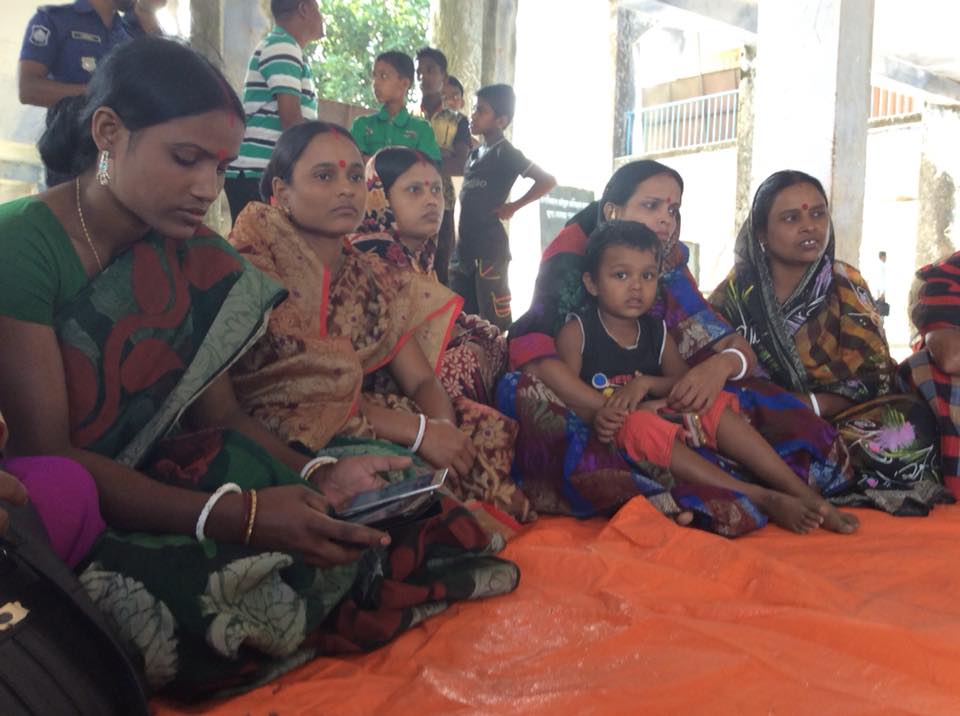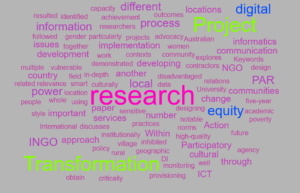
DIA2020: 11th International Development Informatics Association conference. United Nations University Institute on Computing and Society Macau SAR, China, March 25-27, 2020.
It is interesting stuff. There was a lot more to say about micro- level change but there was a page limit. It’s a paper about how to measure change with a technological intervention. In any case, it also highlights the complexities of researching complex (and distant) change initiatives with different partners, different languages. Field conditions made it difficult to get all the data we wanted, but we accounted for this. Despite all the limitations, things have changed in this community.
Larry Stillman1, Mauro Sarrica2 Tom Denison1 Anindita Sarker1Faculty of Information Technology, Monash University, Melbourne, Australia 2 Department of Communication and Social Research, Sapienza University, Rome, Italy
https://doi.org/10.1007/978-3-030-52014-4_6
Stillman, L., Sarrica, M., Denison, T., & Sarker, A. (2020). After the Smartphone Has Arrived in the Village. How Practices and Proto-Practices Emerged in an ICT4D Project BT – Evolving Perspectives on ICTs in Global Souths. In D. R. Junio & C. Koopman (Eds.), volving Perspectives on ICTs in Global Souths. 11th International Development Informatics Association Conference, IDIA 2020, Macau, China, March 25–27, 2020, Proceedings. CCIS 1236 (pp. 81–94). Cham: Springer International Publishing.
Abstract. This paper presents a case study of an ICT4D project in rural Bangladesh, and examines the emergence of new practices connected through a theoretical lens. Social Practice Theory and different concepts of place provide a middle-range theory frame for interpretation. Two groups of 100 women living in different remote villages took part in the project and received smartphones and training. The project also established a call center and delivered timely agricultural information by voice, apps and SMS. A mixed design was used to evaluate the project progress. A baseline survey was completed in the two areas before the project started. After one year, the two groups of women involved in the project and two control groups completed a questionnaire on smartphone use practices. Episodic interviews were also conducted with a subsample of 40 participants. Project participants developed new skills and meanings associated with smartphones, which contributed to enhanced communication practices. The new practices and the emerging proto-practices at a micro-level also resulted in new perceptions of time and place and new locations for personal presence and interaction. The use of Social Practice Theory in conjunction with insights from theories of place provides a transferable framework with which to identify and emphasize what is meaningful to individuals and communities in the relationship between skills, materials and ideas with respect to different social-technical initiatives. In this regard, Social Practice and theories of provide new insights into the integration of ICTs in development projects.






